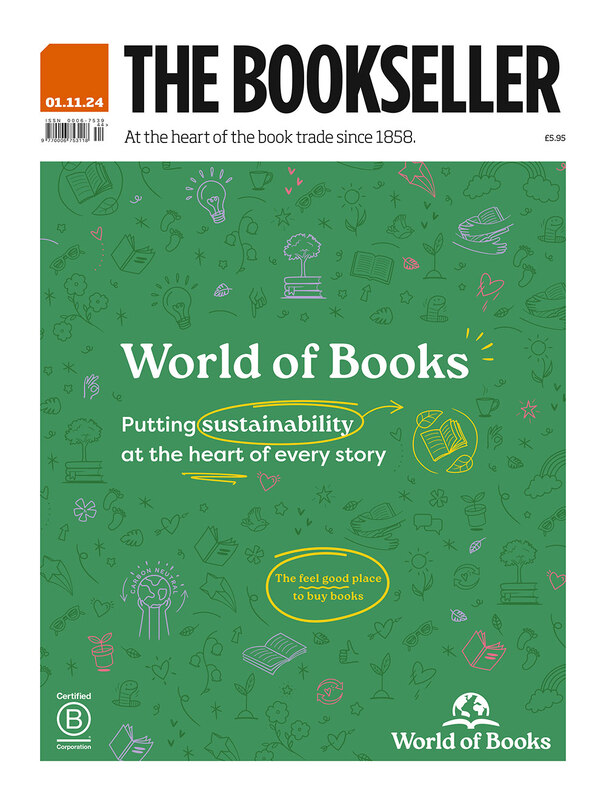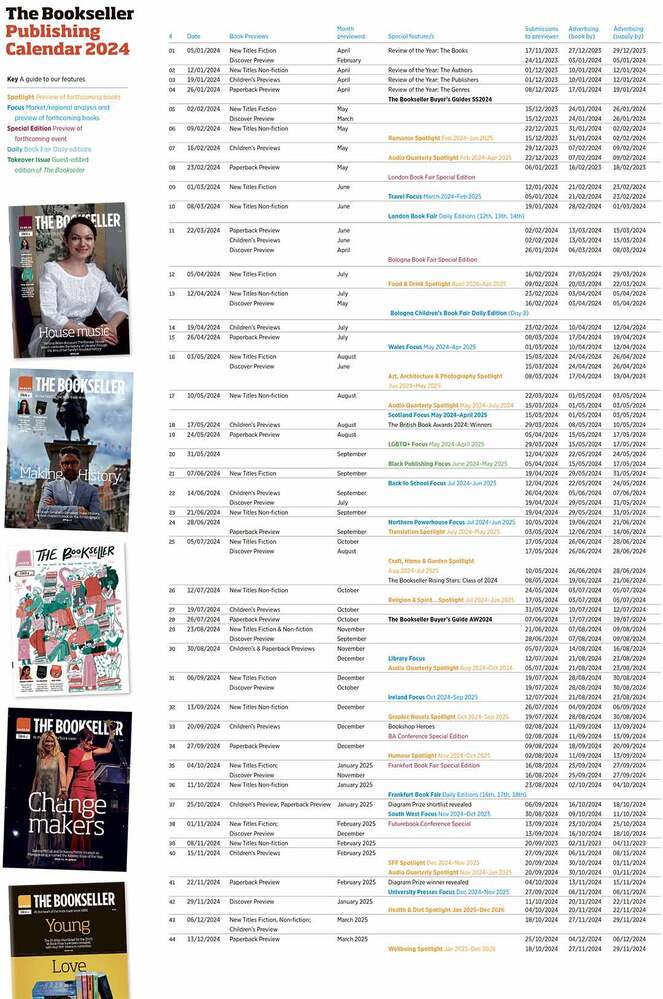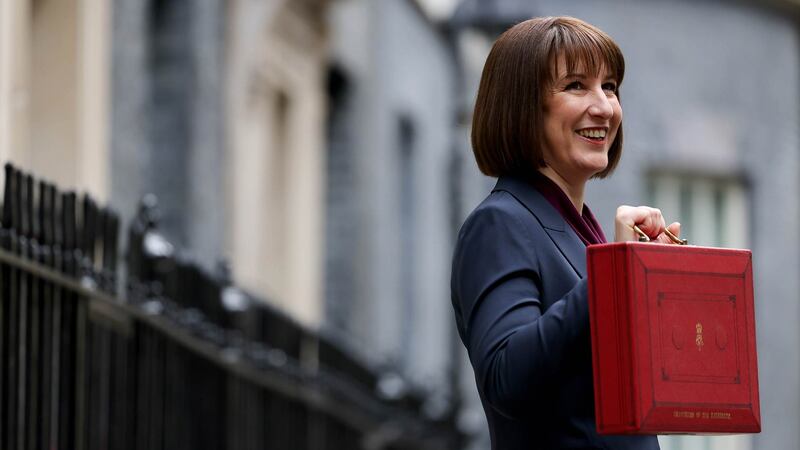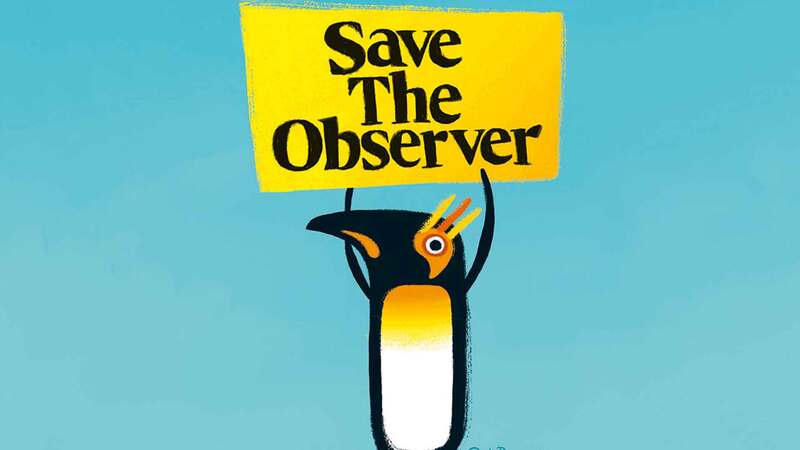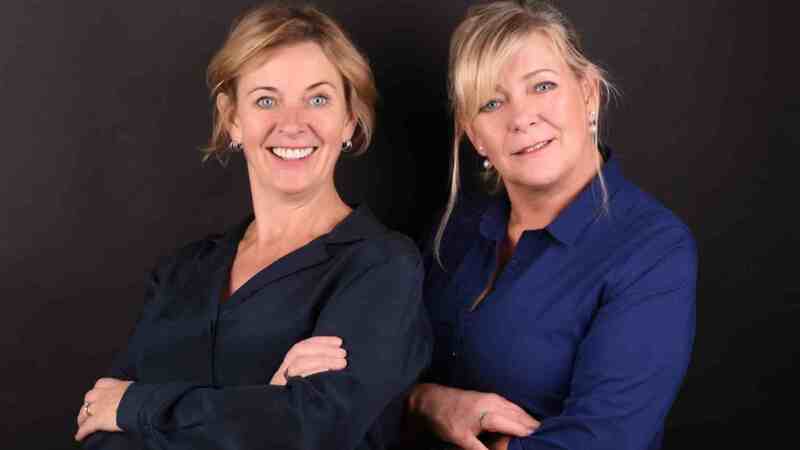You are viewing your 1 free article this month. Login to read more articles.
Lessons in chart chemistry
Book of the year round-ups often promote the same titles—but they can also help us support the wild cards.
As a teenager, my main ambition on Christmas Day—other than snaffling as many of my family’s chocolate oranges as possible—was to watch the "Top of the Pops" Christmas special and find out who was number one. Not the Christmas number one, I bah humbugged 99% of festive songs, but the biggest selling single of the year.
Most of the titles on the countdown weren’t songs I liked, but occasionally, very occasionally, a band or singer I loved would sneak into the annual top 10 and I would feel… proud. That sounds ridiculous, I know. I clearly had nothing to do with writing or recording any of the songs in the charts. I rarely even purchased singles, so the chances were I had nothing to do with a song’s chart position. But still, if a song I loved had, somehow, by happenstance, serendipity, or Levi’s advert, made it into the end of year charts I would feel my chest swell and my eyes glisten.
Charts, lists, top fives... throughout my teens, these things really mattered to me. They gave me a way to discuss the things I loved without talking about emotions—I could argue the artistic merits of a song rather than say how it made me feel. As importantly, it gave me a way to show off. I was an unashamed music snob, a pop know-it-all and an indie champion. It’s no surprise that High Fidelity became my favourite book.
Seventeen years later, charts still matter to me, but in a different way and for a different medium. At the start of December, every bookshop in the country announces its favourite books of the year. Twitter and Instagram become awash with the covers that adorn our shop’s shelves and the superlatives we’ve previously shared with our customers. And we get to compare ourselves to our competition.
The end of year charts aren’t the be all and end all. The differences between our choices and those of another bookshop won’t determine our success. But the titles we include do matter
The recommendations we’ve made over the previous 12 months become validated by the proclamations of other booksellers, journalists and readers. See, I said that was a good book! I knew we knew what we were doing!
Inevitably and disquietingly, we also watch books we’ve never heard of, let alone stocked, get hailed to the heavens. How have we missed that? Do people know we’ve missed that? Do we know what we’re doing?
Slowly but surely, the revealed consensus around certain titles prompts us to wonder, did we love that book or did we love that book’s publicity campaign? Have we left the small presses and lesser known authors behind? Are we corporate shills in a capitalist machine that turns the arts into an advertising arms race? Are we just Amazon without the flash vans, vast warehouses and worker abuses? Existential crisis!!!!!
At that point I lay off the coffee. The end of year charts aren’t the be all and end all. The differences between our choices and those of another bookshop won’t determine our success. But the titles we include do matter.
Book of The Year lists are a bit of fun but they’re also a sales tool. They’re a discussion point and a Christmas present suggestion. They exist because as readers we love comparing our tastes and as businesses we need to persuade people to buy books. As an individual, I could pick a book that is hard to find, hard to read, and hard to sell, simply because I love it. As a bookshop, we need to pick books that we love, that we think our customers will love, that we can sell to them.
Bookshops are, first and foremost, shops. We’re commercial enterprises, with staff and bills, not to mention authors, to pay. The big hitters, the household names, the books whose presence on end of year lists are often questioned—do they need the support? Couldn’t you back a lesser known author?—these are the titles that pull in the masses. They keep the lights on. And they allow us to support the outsiders, to take risks on books that may not sell as many but will mean much to those that read them.
It was tuning into "Top of the Pops" to watch Vanilla Ice that introduced me to The La’s. And so it is with the book charts: Lessons in Chemistry can lead to Mary Lawson. Jack Reacher opens the door for Percival Everett. Nobody’s going to like everything that’s selected, but the selection will get people talking. And if we can get customers talking, then we get them buying, and if we can get them buying then maybe, just maybe, we can send our underground favourites to the top of the hit parade.


